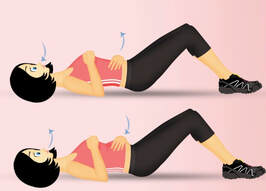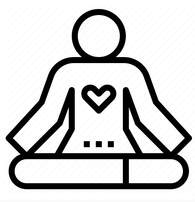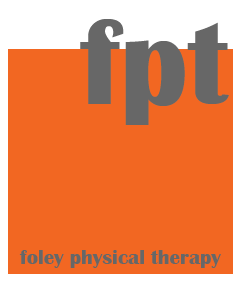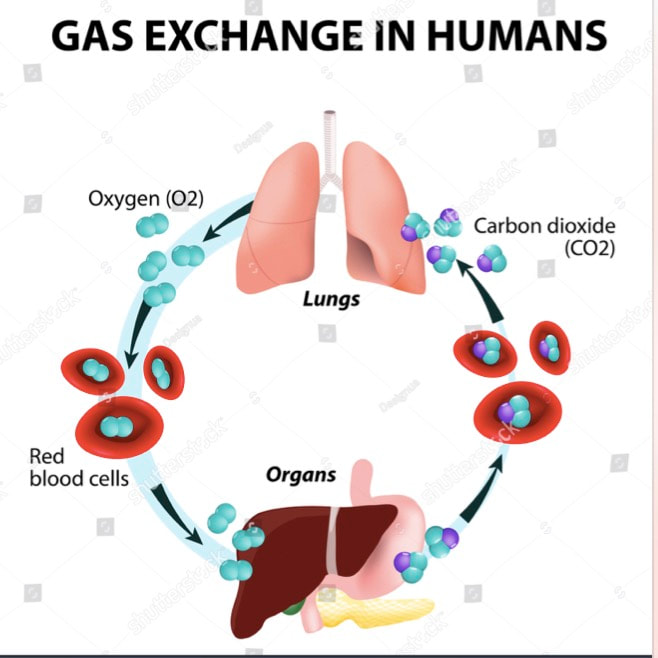|
When you inhale oxygen enters the lungs and blood cells while CO2 and waste products are exchanged and exhaled. This gas exchange happens at the alveoli via diffusion into the blood cells while waste and CO2 moves out via the capillaries. The newly oxygenated blood exits the lungs and delivers this life sustaining supply to all the tissues and organs of the body. The inflammatory cascade of COVID targets the alveoli - capillary exchange in a deadly way but so too does COPD, pneumonia and TB among other conditions. Inefficient breathing can also occur due to excessive mouth breathing, poor posture, stress induced shallow breathing to name a few. There are pharmacologic and medicinal ways to improve this poor perfusion due to illness, but also many ways to improve poor habits related to breathing. Focus on nasal breathing has increased recently and social media has highlighted people taping their mouths closed when exercising and while sleeping to reduce less efficient mouth breathing. Nasal breathing keeps air moist, uses cilia in the nose to clean the air as it is inhaled and improves nighttime sleep depth and quality. Nasal congestion, lung obstruction, poor posture and anxiety are some factors which reduce this ventilatory capacity. Fortunately there are exercises to improve breathing depth, promote relaxation and improve muscle efficiency, as well as other benefits unique to each method without having to do ridiculous things like taping our mouths shut! Again -really? Below are just a few of many types. Consider an article published in January of this year by Stanford researchers found even just daily 5 minute breath work improved mood and reduced anxiety.  DIAPHRAGMATIC BREATHING is one of the most common and recognizable forms of breath work. Breathing in should cause the diaphragm to lower and the abdomen/belly to rise to permit full inflation of the lungs. This is different than inhaling and having your shoulders rise or shrug, which is called chest breathing which does not fully ventilate the lower lobes. (Click the image for more details)  4 - 7 -8 BREATHING is a type of sequenced breathing and a variation of boxed breathing. it employs breathing in on a 4 count, holding for 7 and exhaling for and 8 sec count. The focus on paced breath can be calming and is a great tool for high stress moments such as speaking before a group or when you become aware of rising anxiety.  Tummo Breathing was developed by Tibetan monks and involves visualization as a much as breath technique. The practice is purported as both sacred to tantric teaching as well as deeply meditative. The concept is centered on spiritual fire and the technique has been shown to raise body temperature. Here is a more extensive link.  Wim Hof is a Norwegian endurance athlete and his method is referenced in the link on Tummo also because they are often compared. Wim Hof is reported to have developed his method of controlled breathing/hyper ventilation, cold exposure and regular practice to enhance immune function, athletic skill, reduced stress, enhanced mental acumen. Click his image above for a link to the Wim Hof Method Comments are closed.
|
Author:
|
Proudly powered by Weebly


 RSS Feed
RSS Feed